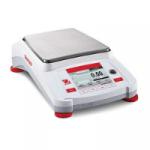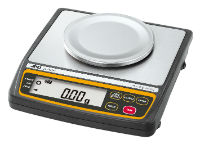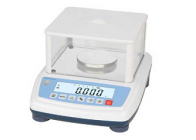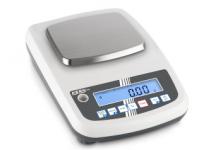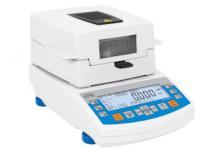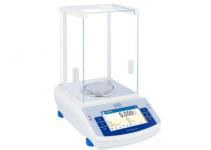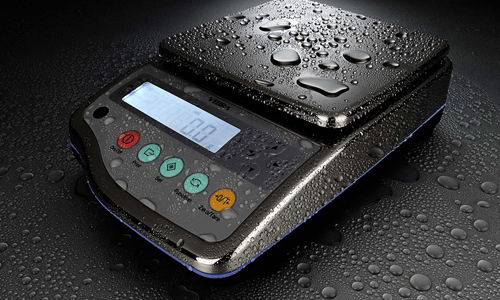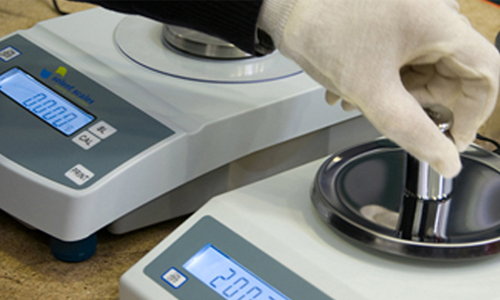Guide to Laboratory Balances
- 29 Sept 2021
- 0 Comments

Balances are an essential piece of equipment in many laboratories and are used in a range of importantapplications such as the manufacturing of pharmaceutical products.
These scales are characterised by their ability to measure the weight of small objects to an extremely granular degree, with many having readability performances up to 0.1mg and beyond.
However, there are many different types of balances on offer, each with their own specific features, advantages and intended uses.
Spring Balance
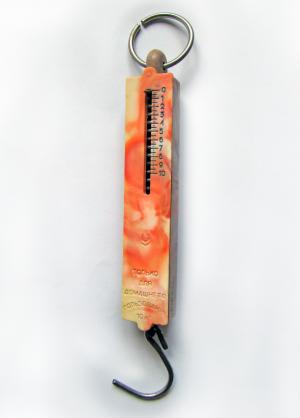
As the name implies, these balances utilise an internal spring which extends in a linear fashion which correlates to the amount of weight it is being exposed to.
Typically, the object being weighed is connected to the bottom of the balance which causes the spring to extend downwards. An indicator is also permanently attached to the spring which travels along a grid indicating the item’s weight in a specific unit of measurement.
Portable Balances
As the name suggests, portable balances are extremely popular for field work as well as any application which requires weighing to be conducted in multiple locations rather than one static laboratory.
Portable balances usually lack the precision of analytical balances (many of which have readabilities of 1 microgram/µg (0.001 milligrams/mg).
However, portable balances are often far more durable than other laboratory scales due to their need to be regularly transported and used in a variety of different environments.
In addition, these balances commonly include important features such as weather sealed keyboards and stainless steel platforms for easy cleaning.
Budget Balances
These balances are ideal for applications where extreme accuracy is not require as, despite not having the same performance as analytical balances, budget balances still retain many of the core features associated with laboratory scales.
For instance, the NHB series of budget balances includes weighing capacities between 150g and 6kg, rechargeable battery and RS-232 connectivity for transferring data obtained from the weighing process.
This balance features an LCD display screen, making it easy to obtain quick measurements which is especially important for applications requiring the completion of multiple weighing operations in quick succession.
Precision Balances
Precision balances represent the next logical upgrade for laboratories over a conventional portable balance through their increased performance capabilities.
With maximum performance ranging from 1 mg to 0.1g, precision balances are ideal for routine procedures where more advanced features are not a necessity.
The retention of useful features such as the large LCD touch screens and data transfer functionality found on other balances ensure users do not need to compromise in their pursuit of higher readabilities.
Moisture Analyser
Moisture analysers or moisture balances are used in a range of industries which are affected by regulating criteria on the moisture content of manufactured products.
The process for determining an object’s moisture content begins with taking an initial measurement of its weight and comparing this with an additional measurement after it is heated.
The heating process removes all of the moisture within the product through evaporation which then allows the user to ascertain it’s dry weight.
Heat is applied inside the balance itself, removing the need for the product to be removed and heated externally. This is extremely important as doing so can lead to exposure to contaminants and this can result in weighing inaccuracies.
Analytical Balance
Analytical balances are a dedicated scale designed for weighing extremely small, light objects.
Because of this, these balances are typically required to measure weights in the sub-milligram range (lighter than 0.001 grams).
As these balances are tasked with working with extremely small margins of error, it is vital to minimise the risk of contaminants affecting the accuracy of the final measurement.
To help facilitate this, analytical balances often feature preventative features such as glass enclosures which help to keep dust and other materials from entering the measuring area.
These glass walls (often referred to as ‘draft shields’) also help to prevent air currents inside the laboratory from hindering the accuracy of the balance.
Solent Scales is a leading provider of high quality industrial weighing scales for use in laboratory applications.

